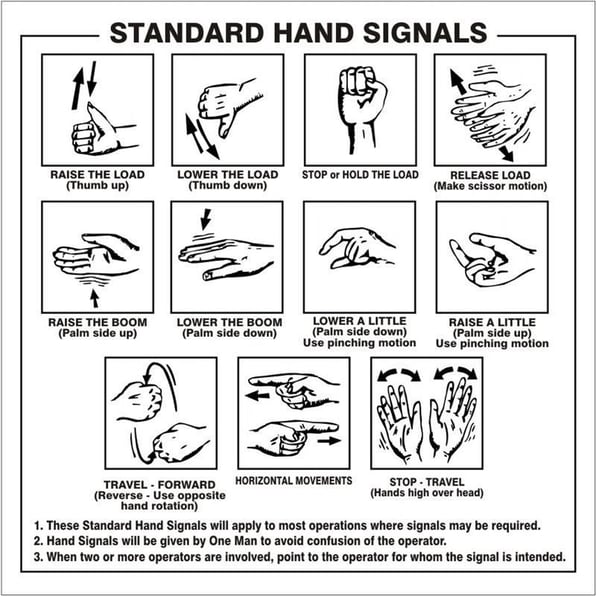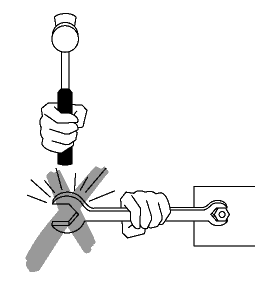Rigging
When workers prepare equipment to be lifted by cranes, hoists or other material-handling machinery – is a common work process on construction sites, shops, among others. Performing rigging operations safely is critical. According to OSHA, rigging workers have been injured or killed when loads have slipped or the rigging has failed.
OSHA notes that riggers must be:
· Properly trained on the hazards associated with rigging jobs
· Qualified and able to comply with all procedures
· Aware of where the crane is operating (surface should be level and firm enough to support the crane and load)
· Familiar with rigging techniques and equipment
· Able to anticipate issues before they happen
· Able to stop a job immediately if unsafe conditions exist
· Aware of the weight of the load and the capacity's of the crane and any rigging gear
Lifting
When lifting equipment, OSHA offers multiple tips, including:
· Riggers should keep their hands, fingers and feet clear of pinch points.
· Be aware of stacked material when lifting to avoid knocking it over with a swinging load.
· Use a designated spotter during lifting to ensure proper clearances are maintained.
· Check for overhead power lines before lifting a load.
· Warn nearby workers before raising, lowering or swinging a load.
· When setting a load down, check that the landing area is clear and set it down slowly.
Tags
- 175|AT
- Aftermarket
- all-terrain
- autograde
- avetta
- Berco
- Best Managed Companies
- bushings
- Canada's Best Managed Companies
- Case Studies
- Caterpillar
- construction
- continuous improvement
- crane
- cranes
- crusherwearparts
- customer focused
- Deere
- dozer
- dozerblades
- efficient
- environment
- EQUIPMENTWATCH
- Esco
- ESS
- excavator
- Excavator Crawler Medium
- excavator telematics
- face sheild
- FINAL TIER 4 ENGINES
- fire
- fire safety
- FUEL CONSUMPTION
- fuel efficiency
- fuelconsumption
- fuelefficiency
- gnss
- gps
- grade
- grade control
- headandcoldstress
- healthandsafety
- healthandsafetyexcellence
- Heavy Equipment
- heavy lifting
- heavyequipment parts
- heavymachinery
- HEAVYMACHINERY TOOLS
- hybrid
- iCraneTrax
- idler
- imc2.0
- Intelligent Machines
- isn
- ITM
- jobsite
- jobsites
- johndeere
- Komatsu
- Komatsu Dozer
- Komatsu Excavator
- Lattice
- LBX
- lifting
- link belt excavator
- Link-Belt 245 X4 Spin Ace
- Link-Belt Cranes is Pulse 2.0
- linkbelt
- LINKBELTCRANES
- links
- loader
- loaderlips
- lockout and tagout
- loto
- machine
- machinecontrol
- maintenance
- my komatsu
- new excavator
- OEM
- pipe
- predictive maintenance
- preventionofslipsandfalls
- remote care
- rigging
- safestemployers
- safety
- safety glasses
- safety talk
- safetyandeyecontact
- safetyandharness
- safetyatheights
- safetycompliance
- safetyfirst
- safetyhandsignals
- safetyspotting
- safetytalks
- sitech
- slipsandfalls
- smart construction
- SMART QUARRY
- smartconstruction
- telematics
- tier4
- TOOLSAFETY
- topcon
- trackshoes
- trimble
- undercarraige
- undercarriage
- vises
- Volvo
- weir
- wheel loader
- WRENCH
- wsib
SIMILAR BLOGS

Spotter Safety Talk

Safe Use of Wrenches: A Guide

POST YOUR COMMENT